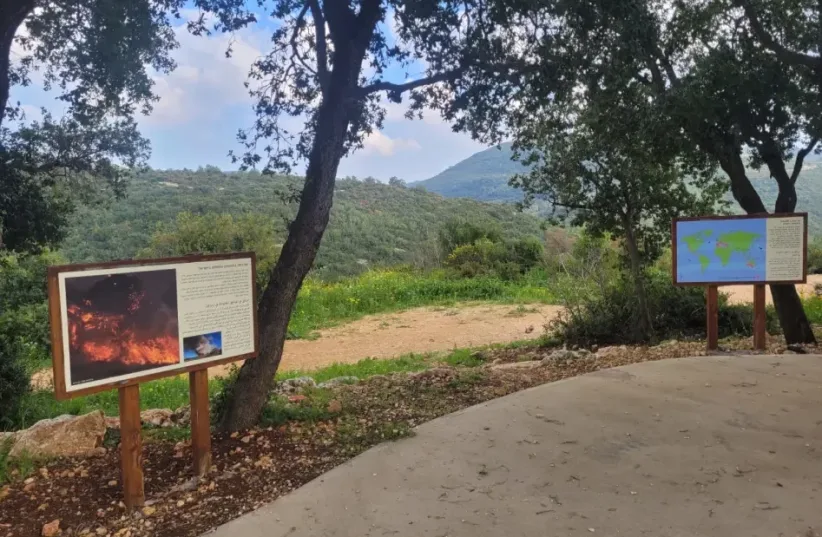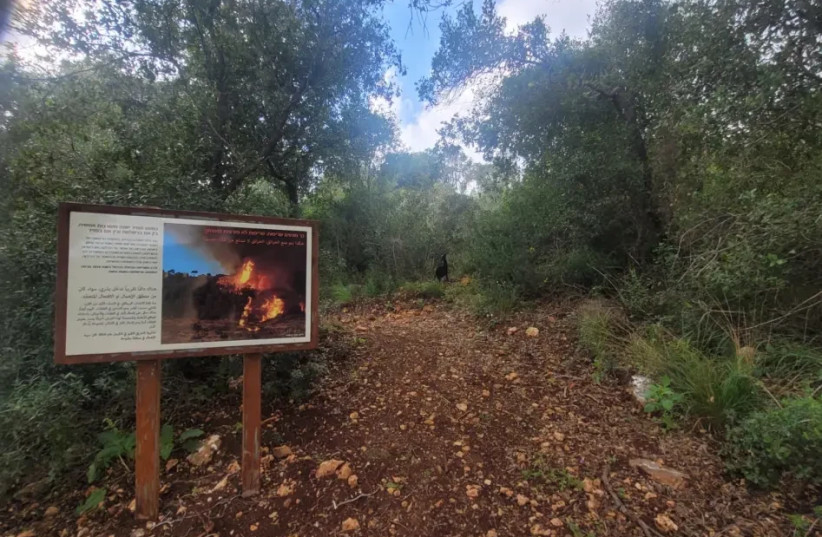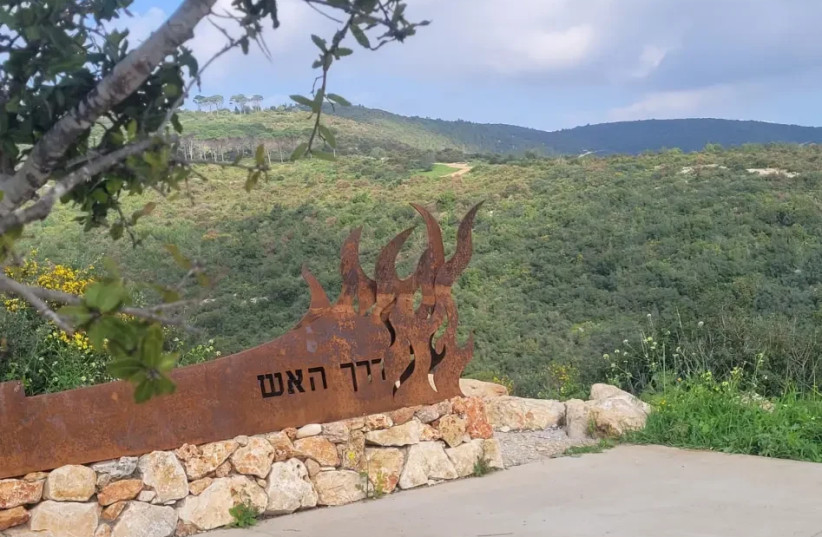The Carmel disaster is one of the most shocking and memorable events that took place in Israel until October 7. These days the Carmel events are getting a new light, in a unique and first of its kind course in the world that makes information about the spread of fires and ways to prevent them accessible through interactive learning.
The length of the new "Road of Fire" route is 1.5 kilometers, and along it there are ten stations - some interactive and some educational. At the stations, travelers can learn about the behavior of fire, different extinguishing methods, how to prevent fires and how to restore nature that has been consumed by a fire.
The track is suitable for all ages, walking on it is easy and suitable even for little ones. A small part of the route is accessible and has a paved road, most of the route is on a dirt road.
Following the disaster of the fire in Carmel in 2010 and dozens of fires in open areas every year, the Nature and Parks Authority, in cooperation with the Israel Fire and Rescue Service, planned a unique hiking route adjacent to the memorial to those who perished in Carmel, the first of its kind in the world that includes information stations that illustrate and make available to the public information about the spread of fires in the area - and ways to reduce them. The route was developed as part of the process of drawing lessons from the great fire disaster in Carmel and other fires that consumed many dunams of Israeli nature.
Director General of the Nature and Parks Authority, Raya Shurki: "The Nature and Parks Authority works actively to reduce and prevent fires, establishing buffer lines in the areas it manages while cooperating closely with fire and rescue.
The development of the 'Fire Road' trail is part of the joint informational effort to raise public awareness to prevent fires in the open areas. It is important to remember that fires in Israel are often caused by human activity and not by nature, therefore caution and public awareness can change the situation. It is the cooperation between the public and the professionals in the field that can lead to the reduction of damages and the prevention of disasters."


